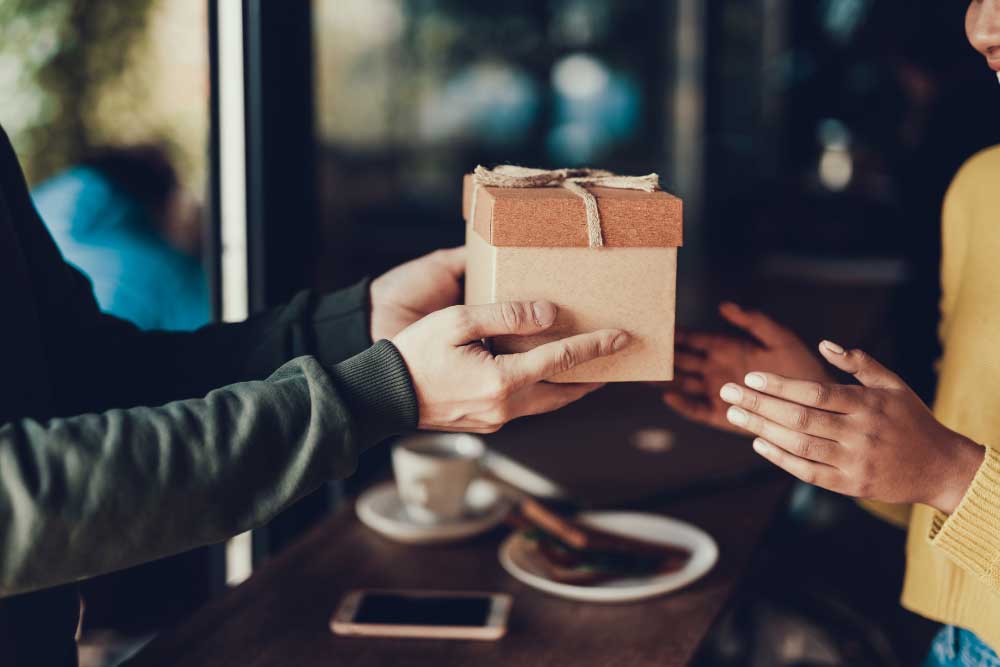On June 25th, 2024, Flourish Research, a portfolio company of NMS Capital, announced its partnership with ENCORE™ Research Group. Dr. Michael Koren, founder and CEO of ENCORE™, has scaled the organization significantly since its inception in 1997. ENCORE™ is comprised of an extensive physician network in Northern and Western Florida that provides an effective and differentiated approach to clinical research. ENCORE™ has conducted 3,200+ clinical trials across 50+ therapeutic areas.
Excerpt from NMS/Flourish press release:
Dr. Koren said, “We have been very impressed during our interactions with the Flourish team and feel confident that we’ve found the right partner for our next phase of growth. Our staff and extensive network of physician investigators have expressed enthusiasm about our future with Flourish, working together to provide the best clinical trial services as part of a national company.”
CEO of Flourish Research, Reinhold Schulz, added, “We are excited to welcome ENCORE™ to the Flourish family. I’ve gotten to know Dr. Koren and his key lieutenants very well and the cultural fit was evident from our initial meetings. ENCORE™ brings expertise that will be additive to Flourish and has a robust backlog and pipeline of studies that will bring immediate value to the combined organization.”
Senior Partner at NMS Capital, Luis Gonzalez, stated “The partnership with ENCORE™ further enhances Flourish’s geographic footprint and capabilities in its core therapeutic areas while bringing a deep bench of scientific thought leaders. The transformative partnership will provide ENCORE™ the opportunity to leverage the significant infrastructure investment Flourish has made in its differentiated patient recruitment, commercial, and diversity strategy. This approach will result in a win-win for our patients, employees, and biopharma customers”
NMS Capital, formed in 2010, is a private equity firm with $1.5+ billion in assets under management. NMS Capital focuses on driving sustainable growth for healthcare and business service companies.
Please visit the company websites for more details:
ENCOREdocs.com/
flourishresearch.com/
nms-capital.com/






